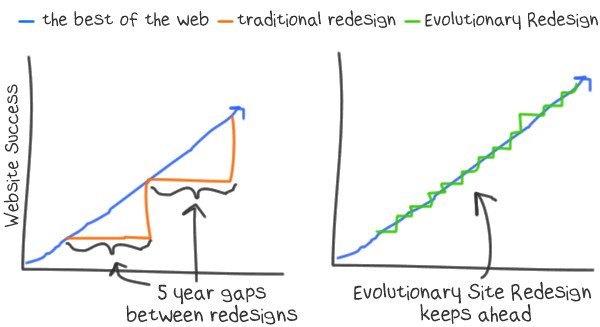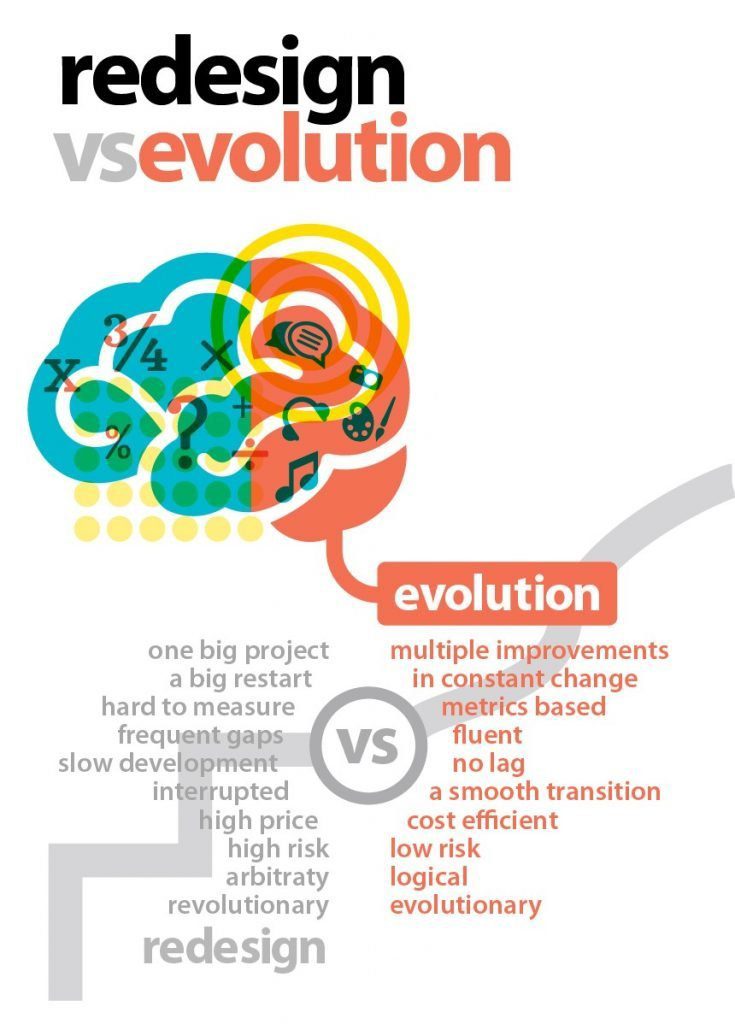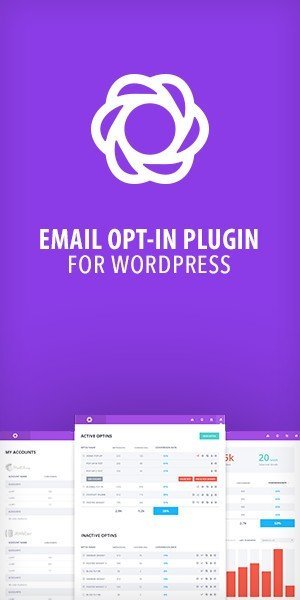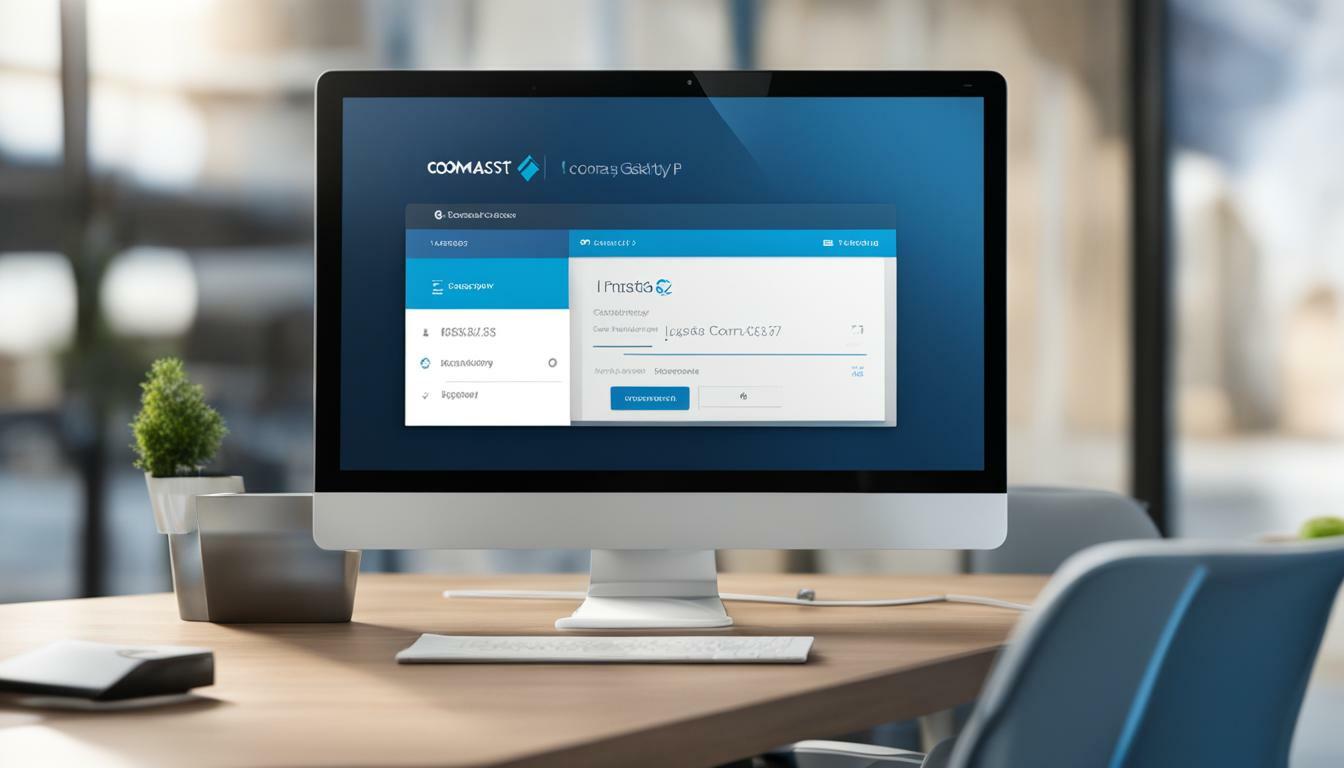Let me tell you a horror story that took place a few years ago. A company where one of our employees did an internship, (an online auction website), had launched a completely new website. The consequence: a gigantic decline in conversions and sales. Unfortunately, they could not go back to the old site, because it has been deleted. You will be surprised, but there are many companies out there that opt-in for this method: they launch an entirely new website every X years and expect this to lead to an improvement. However, practice shows that their conversion rate drops to such an extent, that it was not worth the investment.
With big ‘players’ like Facebook, YouTube and Amazon you never get to see this happening. Why? Because they are continually working on their website. The end user is placed at the center, and they use a data-driven approach whereby they first extensively test each change before it is implemented. This way they know for sure that every change they make ensures a measurable improvement.
In this article, I will explain everything about this approach, with which YOU can achieve and maintain long-term success. In addition, I tell you why you should not go for a completely new website.
The old method: Revolutionary Site Redesign (RSR)
Many bright web design services still work according to the traditional waterfall method, where every year an entirely new website is launched. The following steps are followed at least once:
- Research
- Design
- Development
- Testing
- Launch

After step 5 — a huge mistake is always made: both the customer and the web designer raise a glass to the new website and assume that it is ready and will perform better than the old website. They forget, however, that a website is all about the user, who probably did not welcome a completely new website…
After a few days, the customer looks at the number of conversions in Google Analytics and sees a huge decline. Besides, there is also much less organic traffic. This decline continues in the days that follow, which results in a considerable decline in turnover.
The customer calls his web designer and asks for an explanation. However, the web design team has no idea what is going on. They had expected a conversion increase just like the customer. Returning to the old website is also not an option, after all — so much money and time has already been invested. Sounds familiar? Did it ever happen to you? So, what’s the solution, you ask..?
The new method: Evolutionary Site Redesign (ESR)
This method was already introduced in 2012. Since it is still not widely used, it will be a relatively new method for most of us. In this iterative, data-driven method, no one pondered about launching a completely new website. Everyone is convinced that the website is never finished. It is an evolutionary process in which the website is constantly optimized, because it can always be improved.
No adjustments are made based on gut feelings. Instead, the behavior of users is analyzed by consulting reliable data sources. The insights from these analyzes form the basis for the A / B tests, multivariate tests and personalization tests that are performed constantly. The results of the tests are studied and only those changes ensure a measurable and better user experience and a higher conversion rate is implemented.
How do you start as a company with ESR?

1. Stop thinking that a website will ever be finished
Note that competitors constantly optimize their website.
2. Start with iterative and data-driven work
Statistician W. Edwards Deming said it all:
“Without data you’re just another person with an opinion.”
That’s why optimization does not start with listening to your gut feeling, but with analyzing reliable data. This way, you find out what the user is running into and where the bottlenecks of the website are. Examples of data sources that you can look into are:
- View the funnel view report in Google Analytics. Once you are there, you can see in which steps of the ordering process many users drop out. Analyze the data of mobile and desktop visitors separately, because these are two very different user groups.
- You can then zoom in more on the pages by making heatmaps and recordings with Hotjar for example (you can use this tool for free up to 2000 page views per day). By analyzing these heatmaps and recordings, you can see how users use a page and you can map possible obstacles.
- Describe in a hypothesis the obstacle, the solution and why this could be the solution according to you.
- Then do an A / B test to find out if your hypothesis is correct. Do this by creating a variant on your current page and measuring whether, for example, more users continue to the next step in the ordering process. Tools you can use for this are: Google Optimize (this tool is free to use), VWO, Convert or Optimizely.
- Then analyze your test results to see if your hypothesis is correct, to gain insight into how much profit or loss was accumulated. Has the variant caused loss? Then you know why you should always test every change. Because if you had implemented this change without testing, this would have resulted in a revenue decline. In addition, try to find out what the reason is that this variant has caused this decline. You can then convert this learning into a new hypothesis and A / B test.
- Has the variant created a profit? Implement the variant as quickly as possible. In addition, check whether this change could also lead to a higher conversion rate on other pages and start a new A / B test for this.
3. Use a fast web builder
Conversion-enhancing changes must of course be implemented as quickly as possible. Therefore, look for external or internal web builder (s) who can participate in this fast pace.
4. Never stop optimizing
What had a conversion-reducing effect last year can have a conversion-enhancing effect today and vice versa. At Booking.com (see video), for example, they notice that tests that had a negative effect two years ago could produce conversion-enhancing results a year later. Because the website changes and also the context in which the website is located. As a result, the result of a certain A / B test can also be very different.
What can we learn from this? That there is always something new to learn about visitors and that something can always be improved.
All in all, we now know that a new website (RSR) does not guarantee any success. A website is never finished. Only continuing to improve a website by constantly conducting data-driven tests ensures long-term success. Are you also planning to apply ESR now? Let us know in a comment below how you are going to tackle it or ask questions!


![15 Best Affiliate Recruitment Software Tools [2025 Update] - 15 Best Affiliate Recruitment Software Tools [2025 Update] -](https://www.toptut.com/wp-content/uploads/2024/01/affiliate-recruitment-software-1.png)






